The Science of Space: The Workplace is Changing

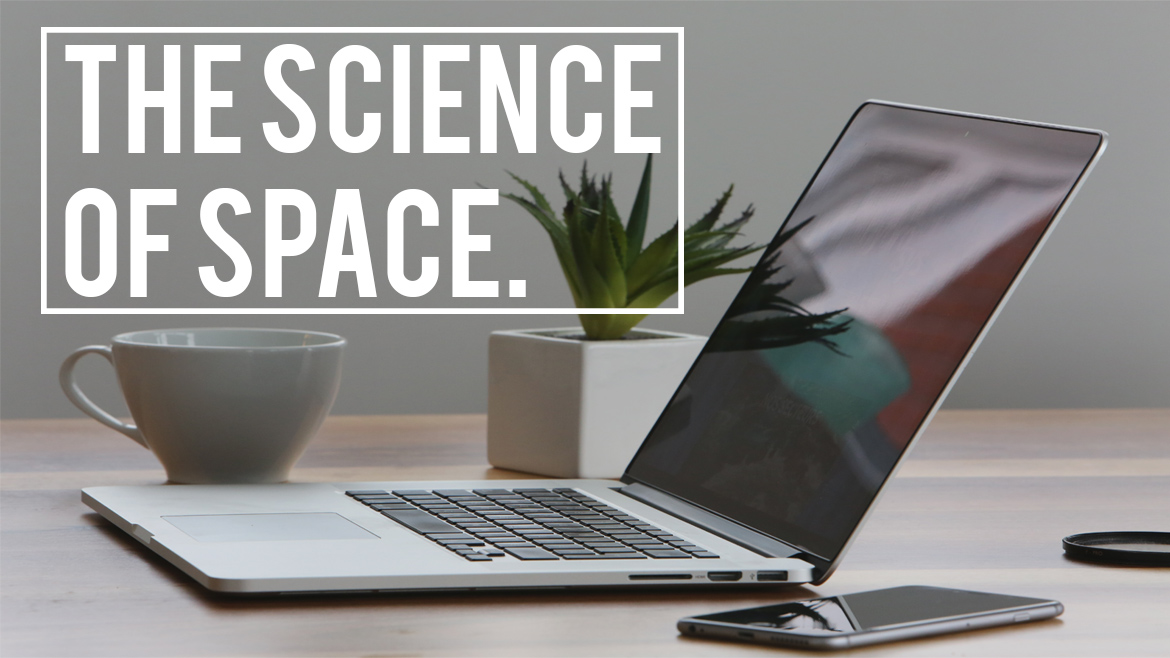
 Well . . . this is my first blog. Ever.
Well . . . this is my first blog. Ever.
I’m an interior designer with a degree from MU and 22 years in commercial interiors and project management. After working in changing environments, I have found my niche in commercial furniture solutions, so I thought my first blog should be about how the world of work is changing.
I am a big believer that our work environment can affect employees, with positive or negative results, and “the workplace” has changed over the years. Here are some innovative ways that companies are dealing with the changing workplace.
Hot-Desking
A.K.A. “no assigned seating.” Thanks to mobile technology, we’re finding that many employees no longer need or want to be chained to a desk. Because of this, companies should take special care to create environments that can easily be reconfigured and allow for a teaming atmosphere.
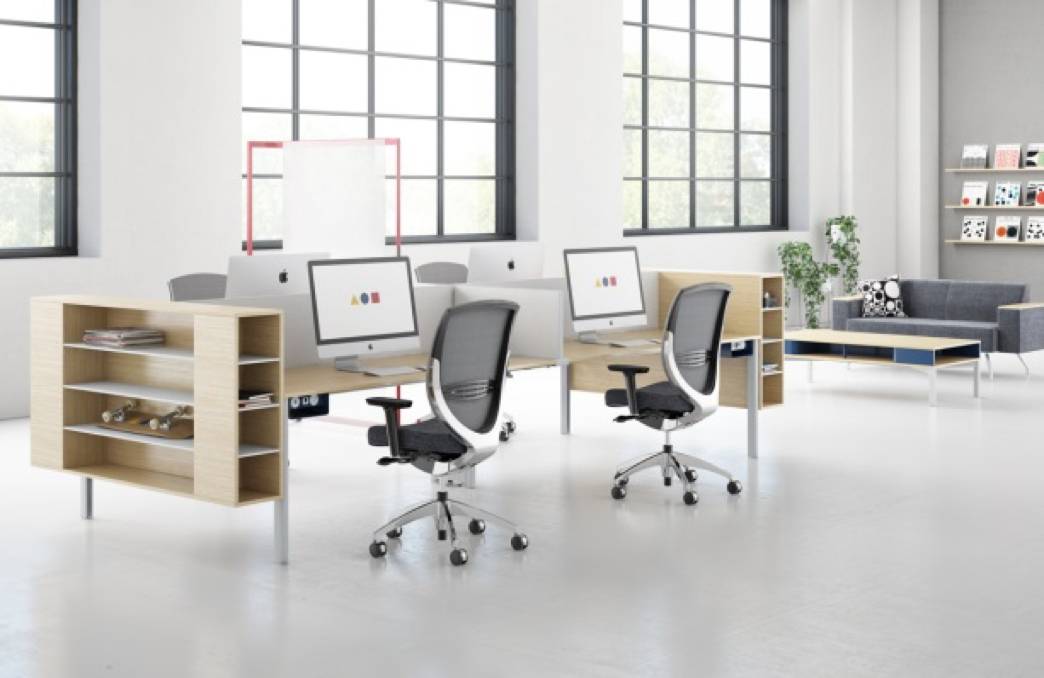
Collaboration Zones
Rather than meeting at a typical conference table with desk chairs, why not create areas that foster collaboration? These are areas where employees can bring their laptop or iPad, and they tend to spark creative conversations. Collaboration zones become an area where employees want to hang out, share ideas, and hold a meeting.
Simon Oswald Architecture has two areas that their employees tend to utilize. Jen Hedrick, SOA principal, says: “Architecture is a team sport and collaboration is constant. At times, pulling up a couple of ottomans at the informal ‘cafe’ makes for the perfect impromptu meeting to review design options. Because a significant portion of our work is computer-dependent, we also have the option of working together in the formal conference room and reviewing documents on the large wall-mounted monitor. When discussions require no review of drawings, paperwork, or electronic files, it’s nice to just sit back in our lounge and chat.”
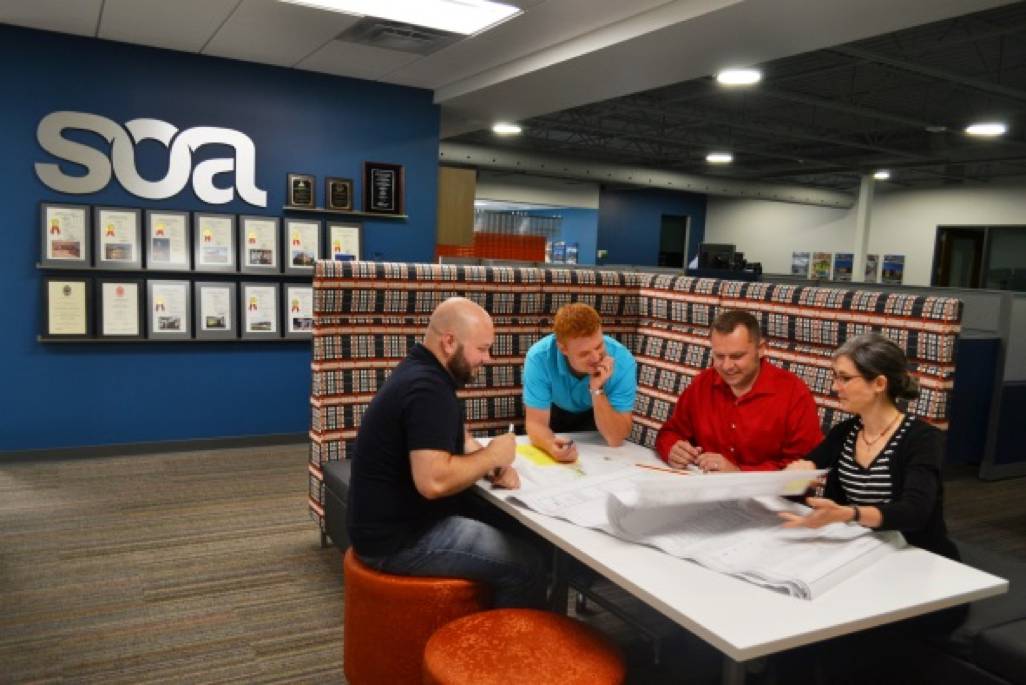
Pets in the Office
There are a lot of companies that are allowing employees to bring their pets to work. Studies show that pet-friendly offices improve work–life balance and help people de-stress. In a Virginia Commonwealth University study, employees who brought their dogs to work experienced an 11 percent decline in stress levels, while those who didn’t saw their stress levels rise by up to 70 percent by the end of the day.
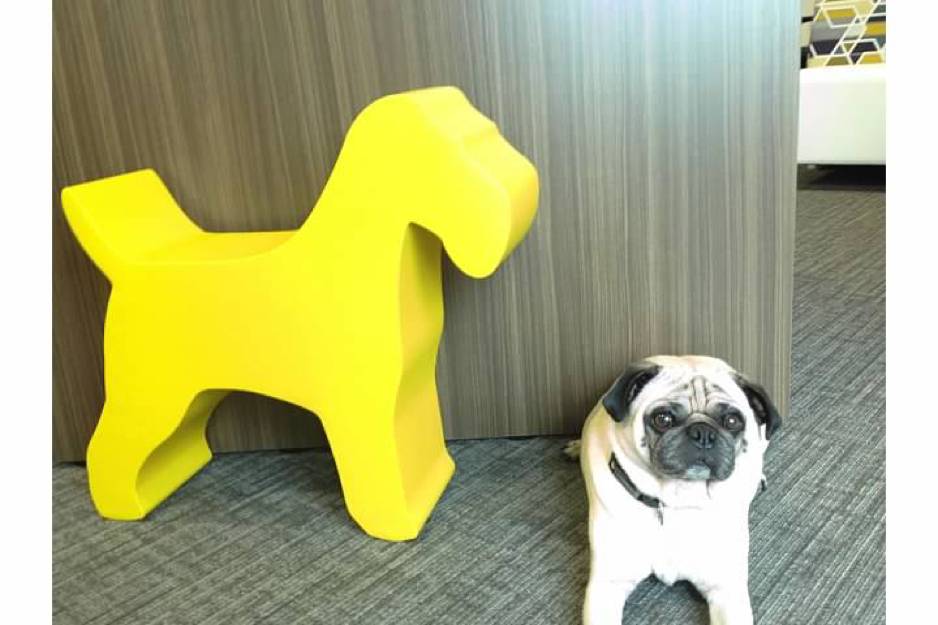
Sit to Stand Desks
We’re all trying to be healthier. Many of us spend most of our time behind a desk. Why not make this a healthy environment and, at the same time, provide users with the flexibility to choose how they work? A “sit to stand” desk solution can provide this. The average office worker spends five hours and 41 minutes sitting at their desk every day, which presents a health problem. According to Smithsonian.com, the answer is incorporating standing, pacing, and other forms of activity into your normal day — and standing at your desk is the easiest way of doing so.
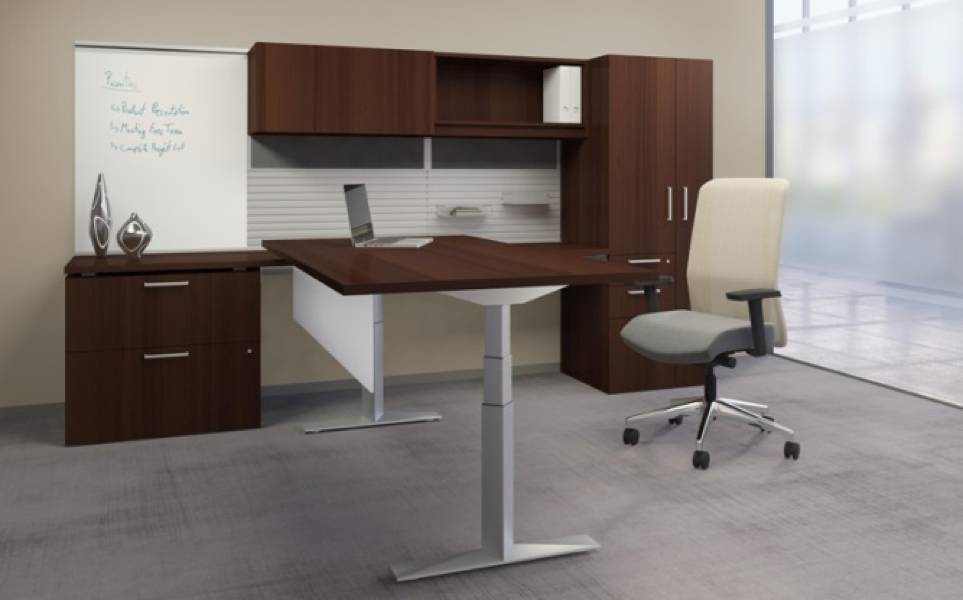
Small changes in the workplace can make a difference. Involving employees in the decision-making process can help give these changes a positive outcome. When people feel supported, they have the space to be creative and do their best work. It’s time to think outside the box. W. Clement Stone once said: “You are a product of your environment. So choose the environment that will best develop you toward your objective.” Is your environment leading you toward success — or is it holding you back?
Susan Brandt is the business development manager at Working Spaces and a guest writer for CBT.


